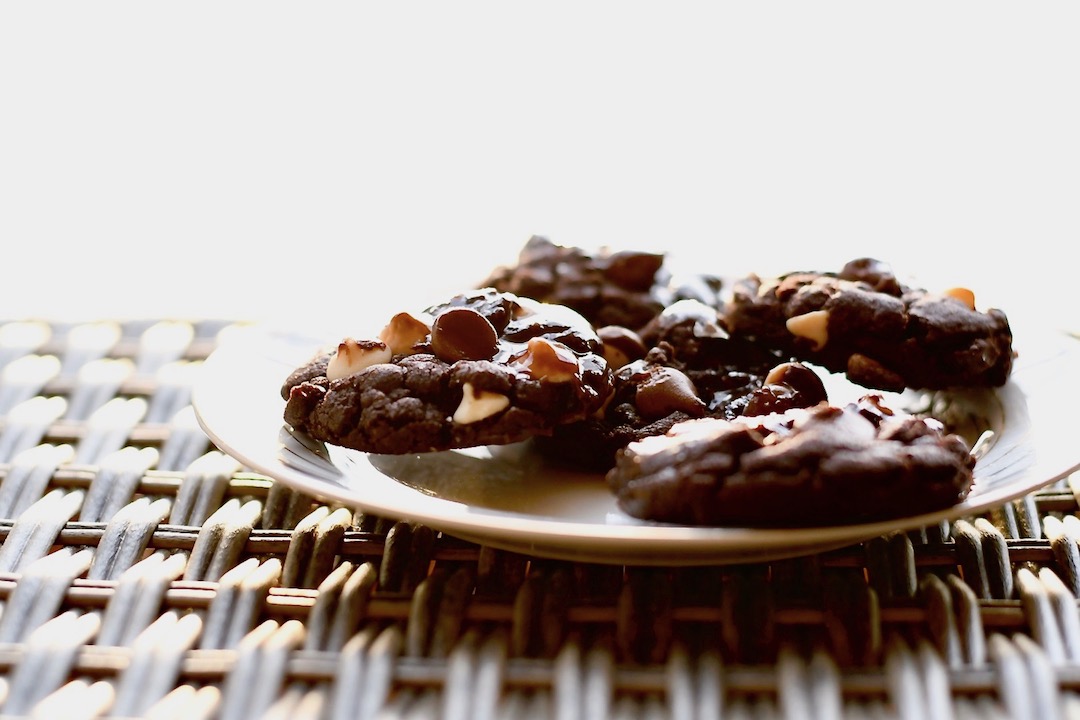Here we go! Week 7 of the stay-at-home order and I’m thinking about death. How can we not think about it when we read the numbers each day in the news? Keeping…


Here we go! Week 7 of the stay-at-home order and I’m thinking about death. How can we not think about it when we read the numbers each day in the news? Keeping…